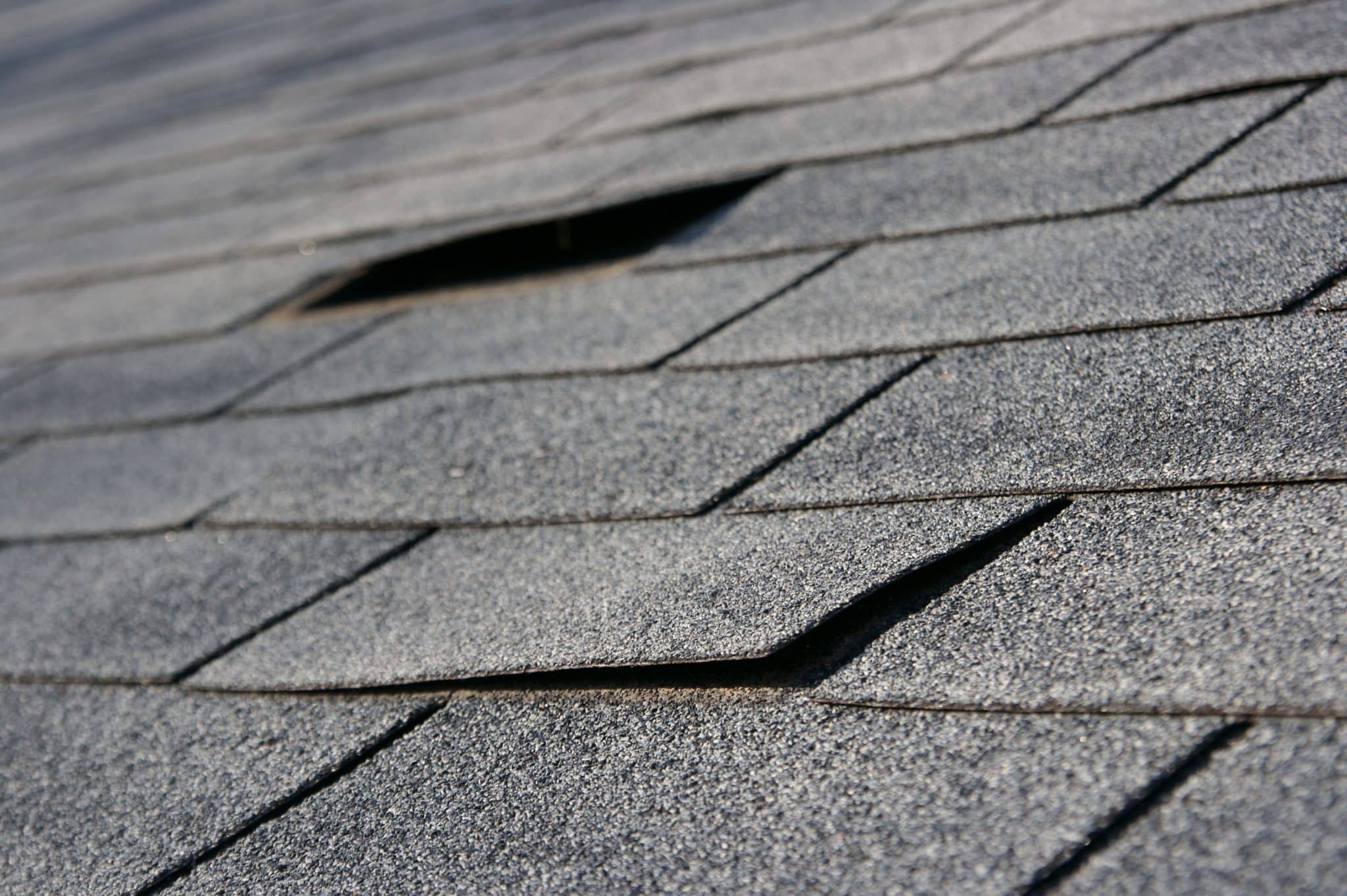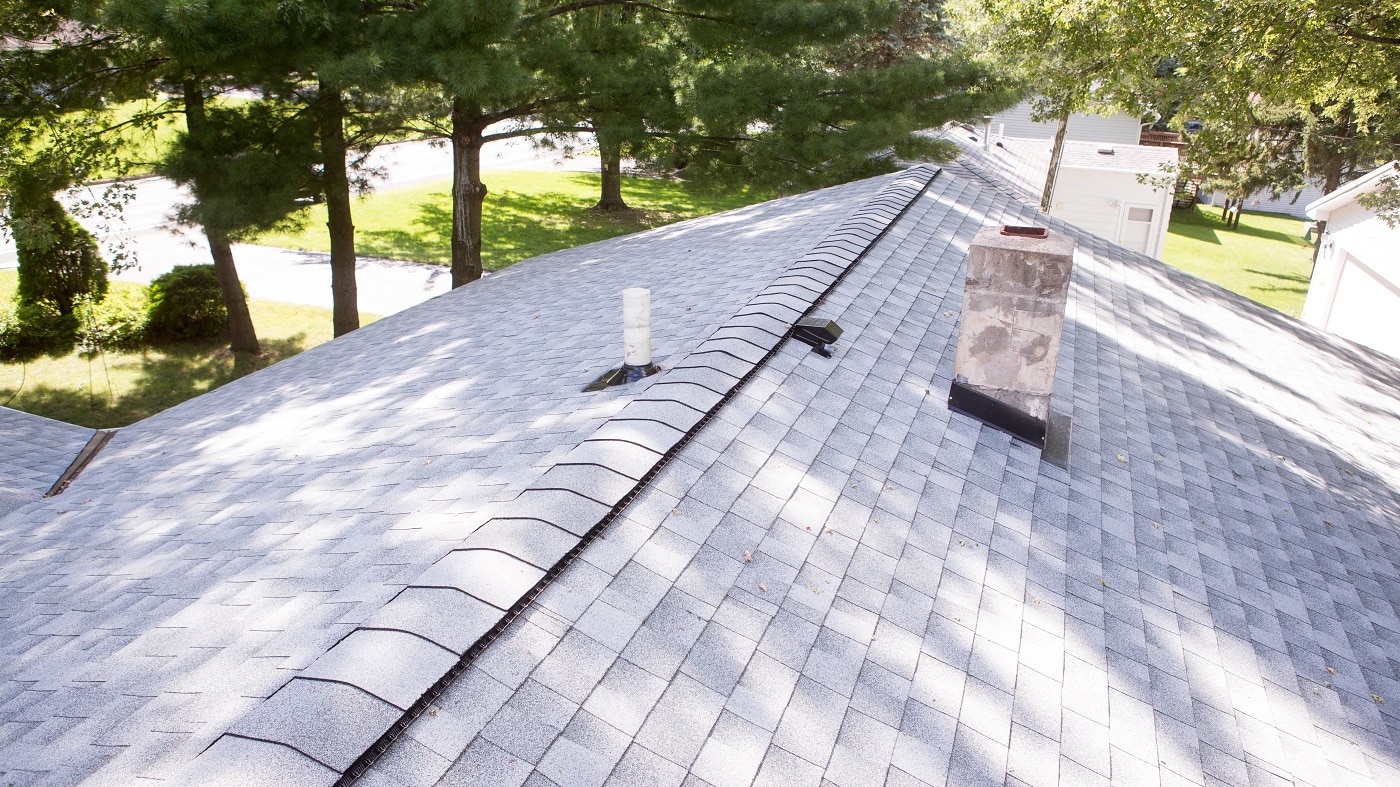6 Ways the Elements Can Damage an Older Roof
If you are wondering if your asphalt roof is getting past its peak, it most likely is. Asphalt roofs are made to withstand lots of beatings from the weather, but over time the material can succumb to the elements, particularly if the installation was incorrect. Here is our list of six elements within nature that can speed up an already failing roof’s lifespan.
1. Rain
Believe it or not, asphalt shingles are not completely waterproof and they depend on the slope of your roof to shed water effectively. If you live in a climate with even moderate rain, you need to beware of water that might be getting underneath your shingles. If unnoticed, the water can work its way to the roof deck causing decay and roof structure rotting. Having an excess moisture problem on your roof will encourage algae and mildew to start growing that can spread to other areas of your home such as your walls, ceiling, insulation and electrical systems.
2. Wind
Many asphalt shingles have a resistance to moderate wind speeds, but depending on the age of your roof, you could start seeing wind damage. High winds can lift the edges of your asphalt shingles causing extensive roof damage.

3. Snow & Ice
Water in general is a troublemaker for roofs, especially when the temperatures dip below freezing. When snow melts and then refreezes on a roof near the overhang an ice dam can form. The ice dam will block proper drainage of the water runoff into the gutters, causing it to back up under the shingles and seep into the interior of your home.

4. Condensation
Moisture in a poorly ventilated attic will cause decay and destruction with your roof structure. To keep condensation at bay, having proper attic ventilation by adding additional or larger vents making the air temperature in your attic closer to the outside air temperature.

5. Sun
Steady solar exposure from the sun can cause long term effects and diminish the longevity and integrity of your asphalt roof. Sun related roof damage symptoms include warped, split or decayed shingles. Solar deterioration occurs the fastest on the south and west sides of your roof so these areas will show the damage first.
6. Leaves & Trees
You want to keep trees at a distance where they are not touching your roof surface. Tree branches will scratch your asphalt shingles. Wind can also cause branches to fall from the tree damaging, or even puncturing, your shingles, creating the need for costly roof repairs. If you have a lot of leaves on your roof it can cause it to rot, because of the moisture in the leaves. Also, having too many leaves on your roof will cause blockage in your gutters not allowing for proper drainage.
If you are concerned about damage that the elements may be doing to your home’s older roof, contact Lindus Construction today to get started on your roof replacement.
